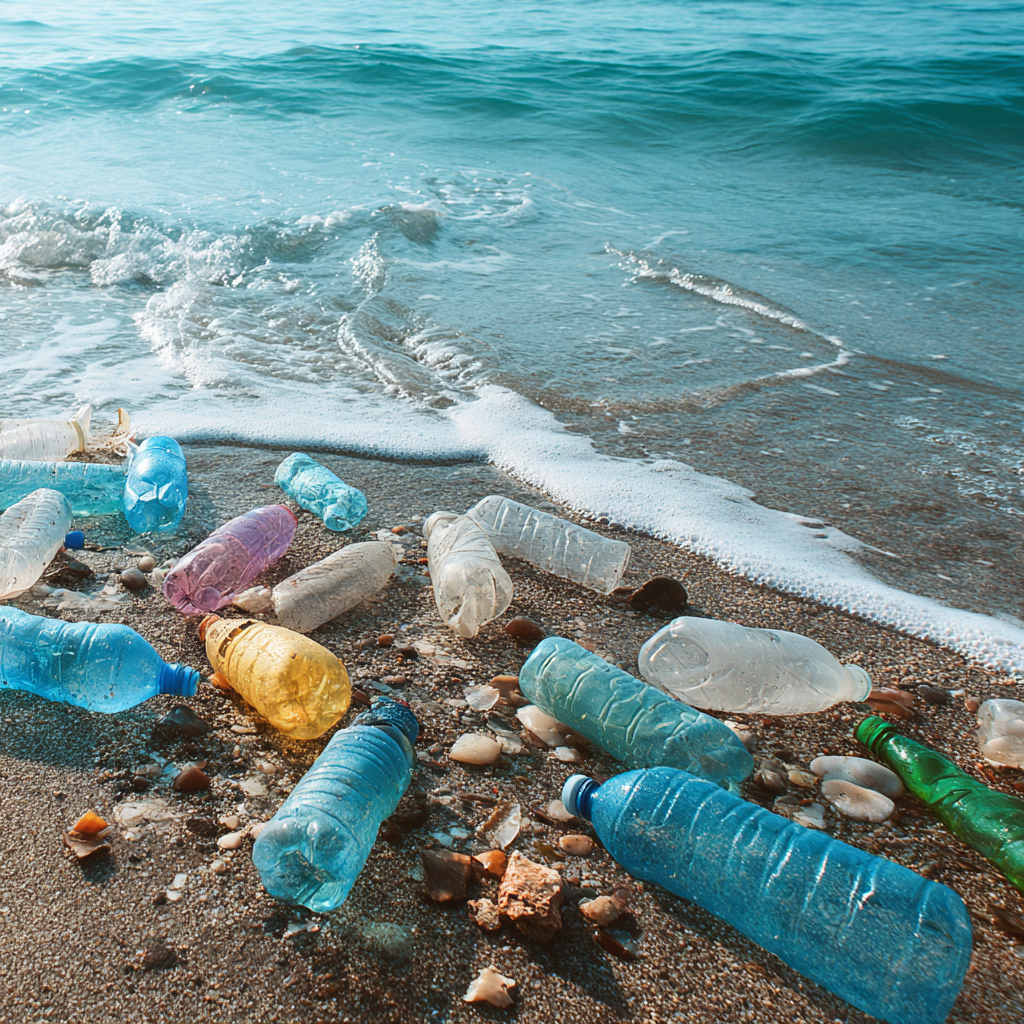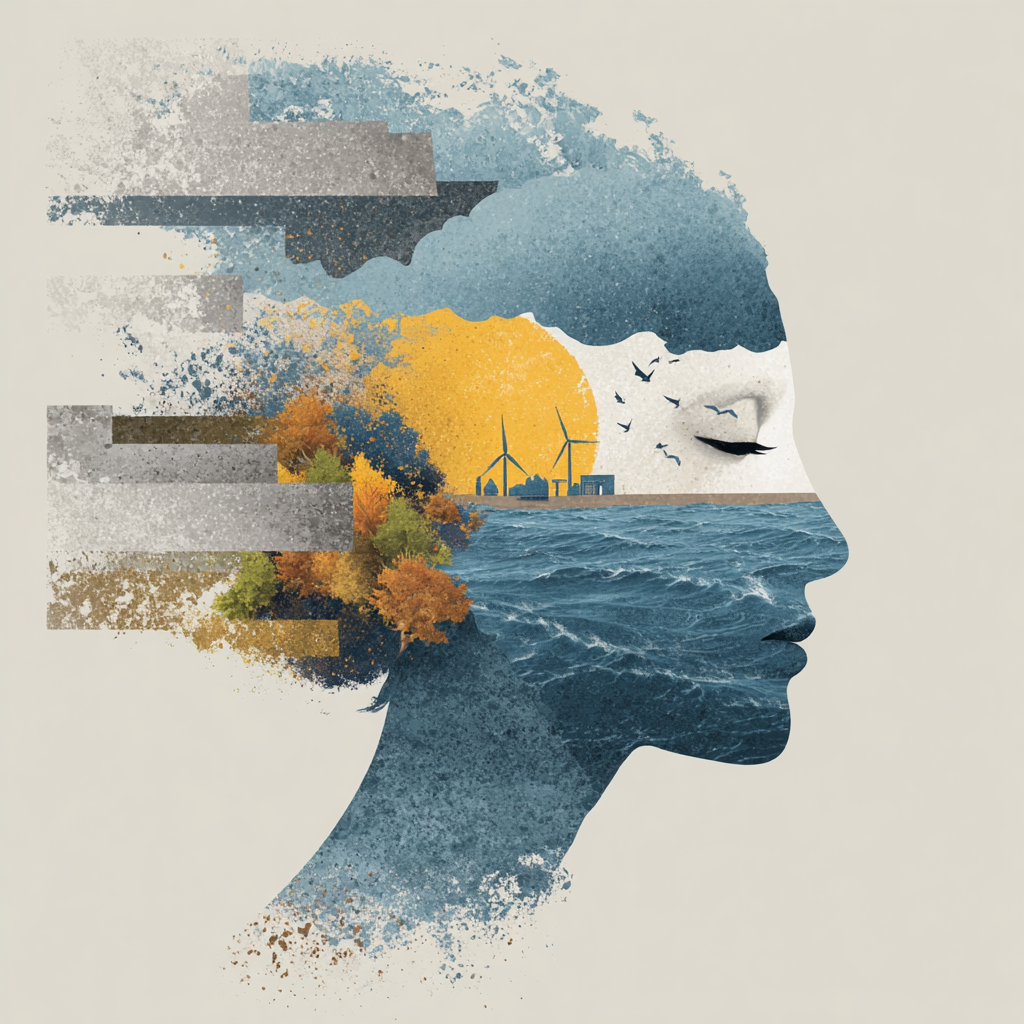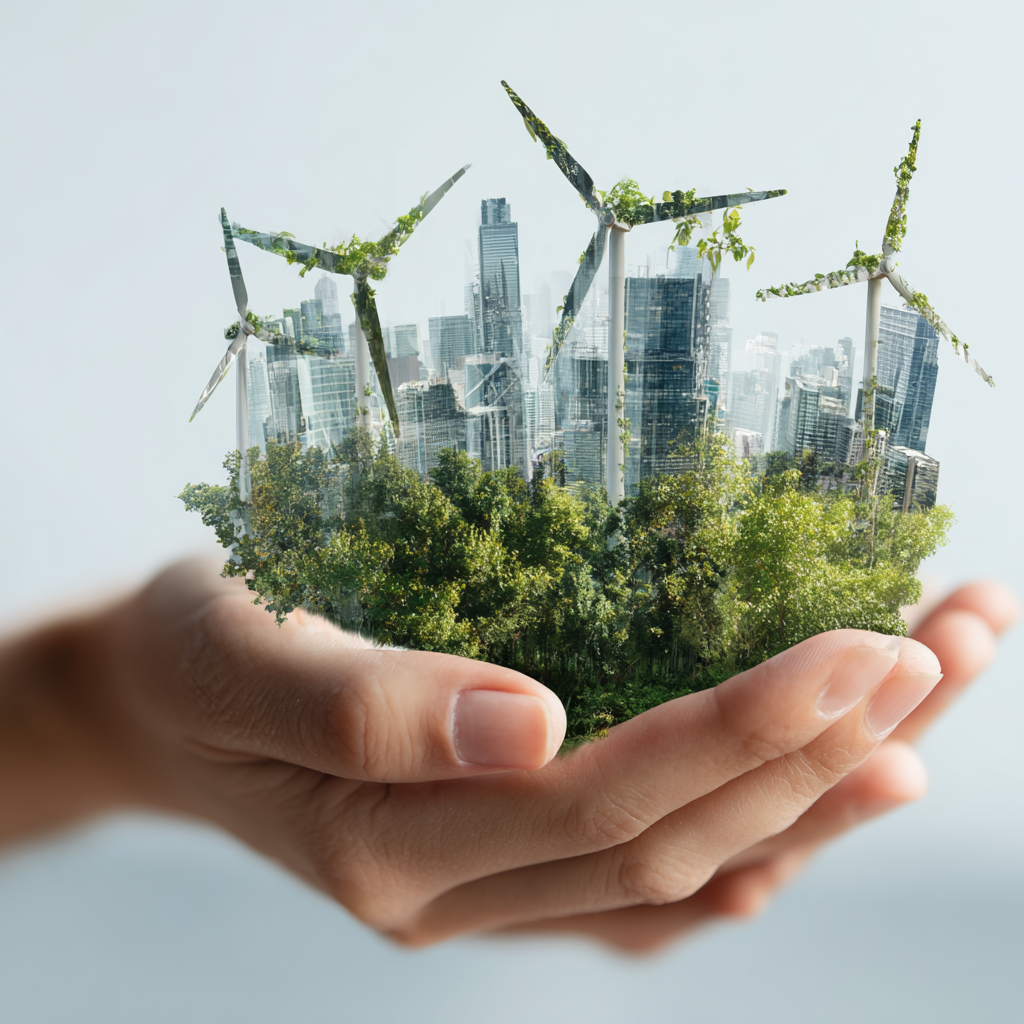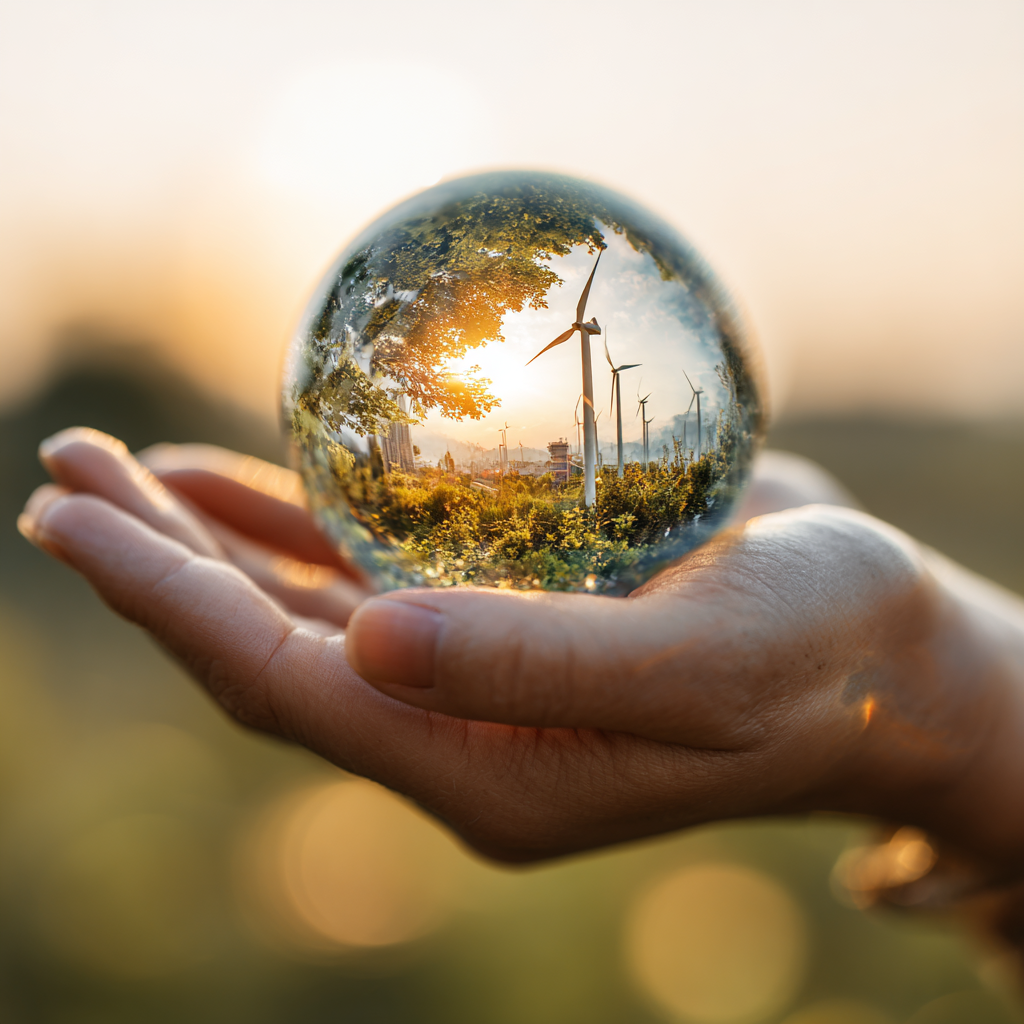Innovative Alternatives and How You Can Help End Plastic Pollution
Plastic has revolutionized modern life with its versatility, durability, and low cost. From packaging and household goods to medical devices and electronics, plastic is everywhere. However, the very qualities that make plastic useful—its durability and resistance to degradation—also contribute to one of the most pressing environmental crises of our time: plastic pollution.
This blog post explores the scope of the plastic problem, highlights innovative alternatives emerging worldwide, and offers practical ways you can help reduce plastic pollution and protect our planet.
Understanding the Plastic Problem
The Scale of Plastic Pollution
• Over 400 million tons of plastic are produced globally each year.
• An estimated 8 million tons of plastic waste enter the oceans annually.
• Plastic debris has been found from the deepest ocean trenches to the Arctic ice.
• Microplastics—tiny plastic particles less than 5 mm—contaminate water, soil, and even the air we breathe.
Environmental and Health Impacts
• Wildlife Harm: Marine animals ingest or become entangled in plastic, leading to injury or death.
• Ecosystem Disruption: Plastic pollution affects habitats and food chains.
• Human Health Risks: Microplastics have been detected in drinking water and food, raising concerns about potential health effects.
• Greenhouse Gas Emissions: Plastic production and degradation contribute to climate change.
Why Is Plastic So Persistent?
Plastic’s chemical structure makes it resistant to natural breakdown processes. Most plastics take hundreds to thousands of years to degrade, fragmenting into smaller pieces (microplastics) rather than disappearing. This persistence means plastic accumulates in the environment, posing long-term challenges.
Innovative Alternatives to Conventional Plastic
To combat plastic pollution, researchers, companies, and communities are developing innovative alternatives that reduce reliance on traditional plastics.
1. Bioplastics
Bioplastics are made from renewable biomass sources such as corn starch, sugarcane, or cellulose. They can be biodegradable or compostable, depending on their chemical composition.
• Advantages: Reduced carbon footprint, potential for composting.
• Limitations: Some require industrial composting facilities; may compete with food crops.
2. Edible Packaging
Some startups are creating packaging made from edible materials like seaweed, rice, or milk proteins, which decompose naturally or can be safely consumed.
• Advantages: Eliminates waste, innovative and fun.
• Limitations: Shelf life and durability challenges.
3. Mushroom Packaging
Made from mycelium—the root structure of mushrooms—this packaging is biodegradable, compostable, and renewable.
• Advantages: Grows quickly, decomposes in weeks, low environmental impact.
• Limitations: Still emerging, limited scalability.
4. Reusable and Refillable Systems
Innovations in product design encourage reuse rather than single-use disposal.
• Refillable water bottles, coffee cups, and personal care containers.
• Bulk stores offering refill stations for detergents, oils, and food items.
• Deposit-return schemes for plastic containers.
5. Advanced Recycling Technologies
New chemical recycling methods break plastics down to their molecular components, enabling true recycling of mixed or contaminated plastics.
• Advantages: Higher recycling rates, reduces virgin plastic demand.
• Limitations: Currently costly and energy-intensive.
How You Can Help End Plastic Pollution
1. Reduce Single-Use Plastic Consumption
• Carry reusable bags, bottles, and utensils.
• Avoid products with excessive plastic packaging.
• Choose loose produce over pre-packaged items.
2. Support Plastic-Free and Sustainable Brands
• Research and buy from companies committed to reducing plastic use.
• Opt for products packaged in glass, metal, or biodegradable materials.
3. Participate in Local Cleanups
Join or organize community events to clean parks, rivers, and beaches, preventing plastic from entering waterways.
4. Advocate for Policy Change
Support legislation that bans or limits single-use plastics, promotes recycling, and encourages sustainable product design.
5. Educate and Raise Awareness
Share information about plastic pollution and solutions with friends, family, and social networks.
6. Properly Recycle What You Can’t Refuse or Reduce
Learn your local recycling guidelines to avoid contamination and maximize recycling efficiency.
The Role of Businesses and Governments
Ending plastic pollution requires systemic change:
• Businesses must innovate packaging and adopt circular economy principles.
• Governments should implement regulations, incentives, and infrastructure for waste management.
• Collaboration between sectors accelerates progress and scales solutions.
Inspiring Success Stories
• Countries like Rwanda and Kenya have banned plastic bags, significantly reducing pollution.
• Companies such as Patagonia and Lush use recycled or plastic-free packaging.
• Cities like San Francisco have implemented comprehensive plastic reduction programs.
Conclusion: A Collective Responsibility
Plastic pollution is a complex challenge, but through innovation, conscious choices, and collective action, we can turn the tide. Every piece of plastic avoided, reused, or recycled contributes to cleaner oceans, healthier ecosystems, and a safer future for all.
Start Making a Difference Today
• Switch to a reusable water bottle and shopping bag.
• Choose products with minimal or no plastic packaging.
• Join a local cleanup or environmental group.
• Share this knowledge and inspire others to act.
Hi, I’m Adrian — a passionate learner and advocate for positive change. I’m new to blogging, but I’m here to inspire and grow together with you. Every post is a step on this journey, and I truly appreciate your support and feedback. Let’s #BeTheChange ☀️🕊️







